Characteristic, classification, habitat, value and mammalian protection
Many mammals are partially aquatic living near lakes, streams or coastal ocean lines (for example, seals, sea lions, walruses, otters, ondatras and many others). Whales and dolphins () are completely water and can be found in all and some rivers. Whales can be found in polar, temperate and tropical waters, both near the shore and in the open ocean, and from the surface of the water to the depth of more than 1 kilometer.
Mammalian habitats are also characterized by various climatic conditions. For example, the polar bear lives calmly under negative temperatures, while the lions and giraffes are needed a warm climate.
Mammals group
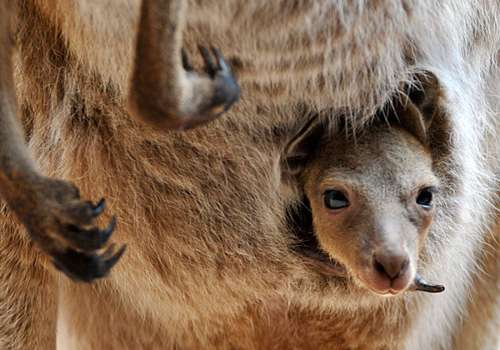
Cubs Kangaroo in mother's bag
There are three main groups of mammals, each of which is characterized by one of the main features of embryonic development.
- Single-pass, or egg-owned (Monotremata.) Eggs are laying off, which is the most primitive reproductive feature of mammals.
- Stembed (Metatheria.) Characterized by the birth of a young pregnancy underdeveloped after a very short period of pregnancy (from 8 to 43 days). The offspring appears on a relatively early stage of morphological development. Cubs are attached to the nipple of the mother and sit in the bag, where they occur their subsequent development.
- Placementary (Placentalia.) Different with long-term gestation (pregnancy), throughout which the embryo interacts with his mother through a complex embryonic organ - placenta. After birth, all mammals depend on the milk of their mothers.
Life expectancy
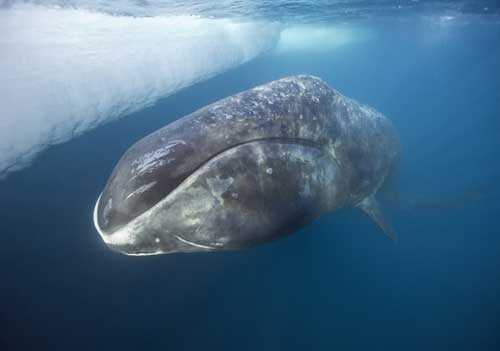
Just as mammals differ greatly in size, their life expectancy varies. As a rule, small mammals live less than larger. Manochable ( Chiroptera) There are an exception to this rule - these relatively small animals can live for one or more decades in vivo, which is much longer than the life expectancy of some larger mammals. Life expectancy ranges from 1 year or less, up to 70 or more years in the wild. Greenland whales can live more than 200 years.
Behavior
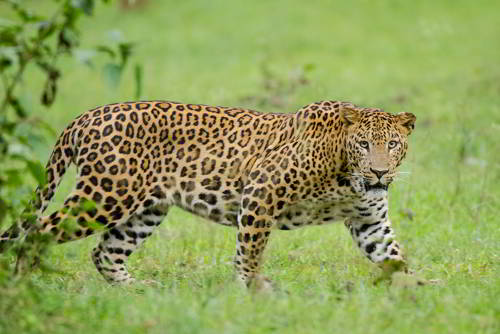
The behavior of mammals differs significantly among the species. Since mammals are warm-blooded animals, they need more energy than cold-blooded identical size. Mammar activity indicators reflect their high energy needs. For example, thermoregulation plays an important role in the behavior of mammals. Those animals who live in a colder climate must warm their body, while the mammal, living in a hot and dry climate, must be cooled to keep in the body moisture. Behavior is an important way to mammals to maintain a physiological balance.
There are types of mammals, which exhibit almost every type of lifestyle, including vegetable, water, earthly and woody. Their movement methods in their habitat are diverse: mammals can swim, run, fly, slide, etc.
Social behavior also varies significantly. Some species can live in groups consisting of 10, 100, 1000 or more individuals. Other mammals are usually single, except for mating or upbringing offspring.
The nature of the activity among mammals also covers the entire range of possibilities. Mammals can be night, daily or twilight.
Food

Most mammals have teeth, although some animals, such as tasty whales in the process of evolution, have lost them. Since mammals are widespread in different habitats, they have a wide range of power and preference methods.
Marine mammals feed on various types of production, including small fish, crustaceans and sometimes other marine mammals.
Among terrestrial mammals there are vegetative, omnivorous and carnivorous animals. Each individual occupies its place in.
Being warm-blooded, mammals need much more food than cold-blooded animals of the same size. Thus, a relatively small amount of mammals can have a great influence on the population of their food preferences.
Reproduction
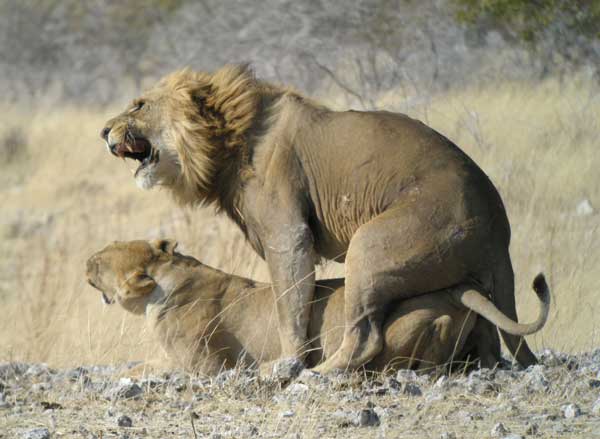
Mammals, as a rule, multiply in gender and have internal fertilization. Almost all mammals are placental (with the exception of egg-owned and silent), that is, they give birth to live and developed young.
Usually, most mammalian species are either polyginous (one male falls with several females) or messy (both males and females have multiple bonds in this breeding season). Since the females to enter and feed off the offspring, it often happens that mammals males can produce much more offspring during the pairing period than females. As a result, the most common mammal pairing system is polyging, and a relatively small number of males fertilizes many females. At the same time, a large number of males do not participate in reproduction at all. This scenario creates the basis for intensive competition between males among many species, and also allows females to choose a stronger partner for mating.
Many species of mammals are characterized by a sexual dimorphism, as a result of which males can better compete for access to females. Only about 3% of mammals are monogamous and mate only with the same female every season. In these cases, males can even participate in the upbringing of offspring.
As a rule, the reproduction of mammals depends on their habitat. For example, when resources are not enough, males spend their strength on breeding with one female and provide young food and protection. If, the resources in abundance and female can ensure the well-being of their offspring, the male leaves for other females. In some mammals, polyandria is also common when the female has a connection with several males.
In most mammals, the embryo develops in the female uterus until completely formed. Born young bream milk breeded. At the silent, the embryo is born underdeveloped, and its further development occurs in the mother's bag, as well as feeding the mother's milk. When a cub reaches full development, he leaves a maternal bag, but may still spend the night.
Five types of mammals, which relate to the detachment of single-pass, actually lay eggs. Like the birds, representatives of this group have a clock, which is one hole that serves for emptying and reproduction. Eggs are developing inside the female and get the necessary nutrients for several weeks before the masonry. Like other mammals, single-pass missions and females feed the offspring of milk.
The offspring need to grow, develop and maintain the optimal body temperature, however, feeding the young milk, saturated nutrients, takes a lot of energy in the female. In addition to the production of nutritional milk, the female is forced to protect their offspring from all sorts of threats.
Some species, young remain with the mother for a long time and are trained with the necessary skills. Other types of mammals (such as mannocardinary animals) are already born enough independent and do not need excessive care.
Role in ecosystem
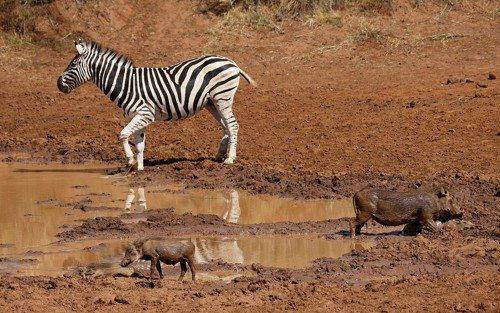
Environmental roles or niches filled with more than 5000 mammalian species, various. Each mammal takes its place in the food chain: there are omnivorous, carnivorous and their victims - herbivore mammals. Each type, in turn, affects. Partly due to their high metabolic indicators, the effect of mammals in nature, often disproportionately large with their numerical abundance. Thus, many mammals can be predatory or herbivores in their communities, or play an important role in dissipating seeds, or pollination. Their role in the ecosystem is so diverse that it is difficult to summarize. Despite its low species diversity, compared with other groups of animals, mammals have a significant impact on global.
Meaning for a person: positive

Mammals are important for humanity. Many mammals were domesticated to provide humanity with products such as meat and milk (for example, cows and goats) or wool (sheep and alpaca). Some animals are contained as service or domestic (for example, dogs, cats, ferrets). Mammals are also important for the ecotourism industry. Think about many people who are sent to the zoo or in all corners of the world to see animals, such as, or whales. Mammals (for example, bats) often control the number of populations of agricultural pests. Some animals, such as rats and mice, are vital for medical and other scientific research, while other mammals can serve as models in human medicine and research.
Meaning for a person: negative

Epidemic of plague
It is believed that some types of mammals have a detrimental impact on the interests of a person. Many species that eat fruit, seeds and other types of vegetation are pests of crops. Carnivorous animals are often considered a threat to livestock or even to the lives of people. Mammals common in urban or suburban areas can become a problem if they damage cars when they fall on the road, or become homemade pests.
Several species coexist well with people, including domestic mammals (for example, rats, homemade mice, pigs, cats and dogs). However, as a result of the intentional or unintentional importation of invasive (non-rig) species in the ecosystem, they have adversely affected the local biodiversity of many regions of the world, especially the endemic islable biota.
Many mammals can transmit disease to people or domestic livestock. Bubonic plague is considered the most famous example. This disease is distributed by fleas, which are transferred to rodents. Frenzy is also a significant threat to livestock and can also kill people.
Security
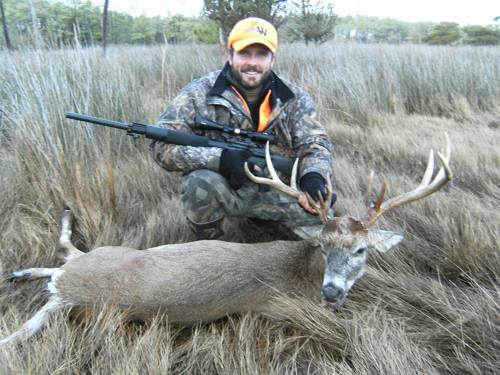
Excessive exploitation, destruction and fragmentation of the habitat, the introduction of invasive species and other anthropogenic factors threaten the mammal of our planet. Over the past 500 years, at least 82 species of mammals are considered extinct. Currently, about 25% of species (1 thousand) mammals were listed in the Red List of MSUCs, since they are subjected to different risks of disappearance.
Views that are rare or require large ranges are often at risk due to loss of habitat and fragmentation. Animals, which are known to threaten people, animal husbandry or cultures, may die from the hands of a person. Those species that are operated by people in quality (for example, to obtain meat or fur), but are not domesticated, often depleted to critically low levels.
Finally, adversely affects the flora and fauna. Geographical habitats of many mammals change due to temperature changes. As the temperature increases, which is especially noticeable in the polar regions, some animals are unable to adapt to new conditions, therefore, may disappear.
Security activities provide tracking of habitats and conduct a complex of mammalian protection measures.
